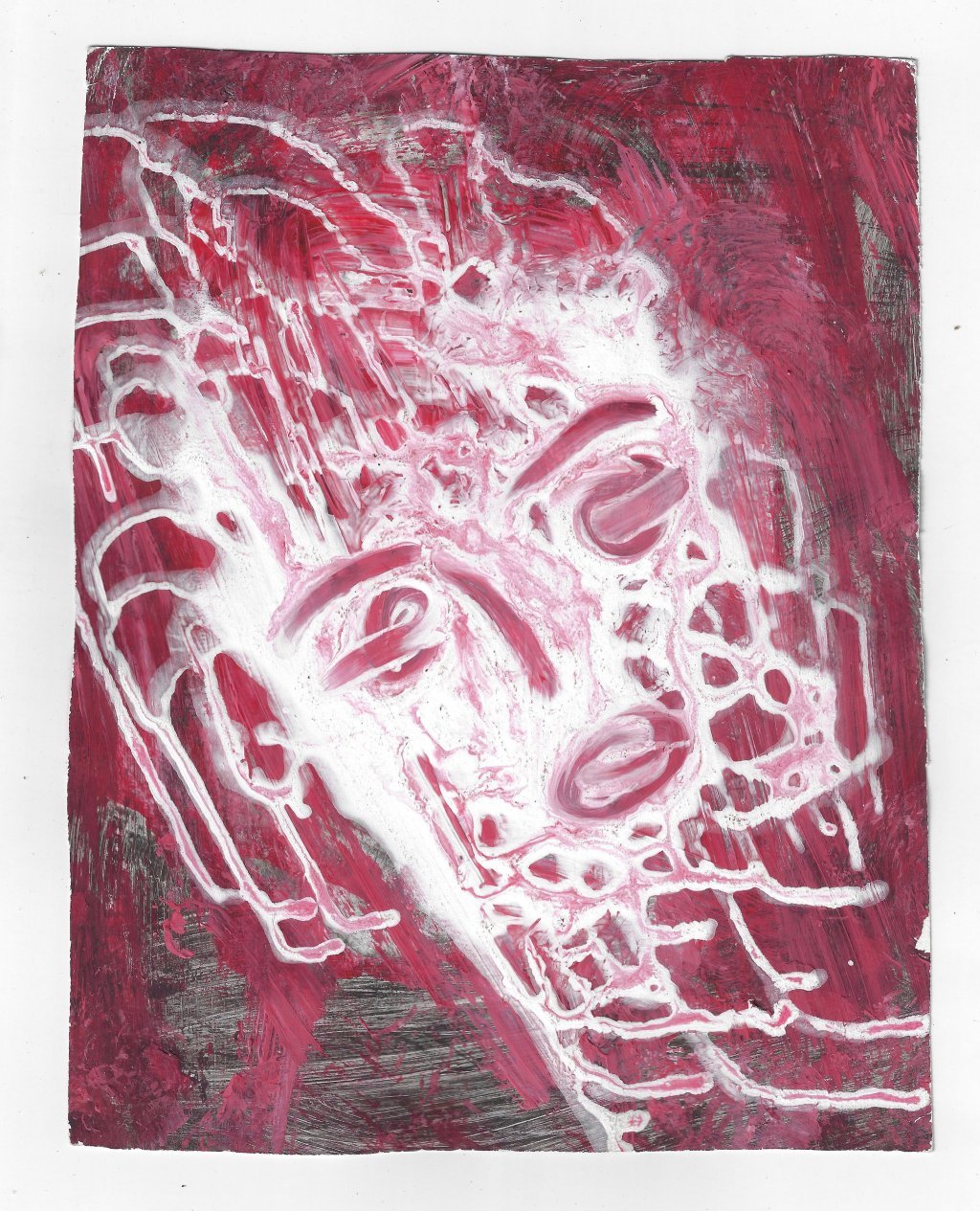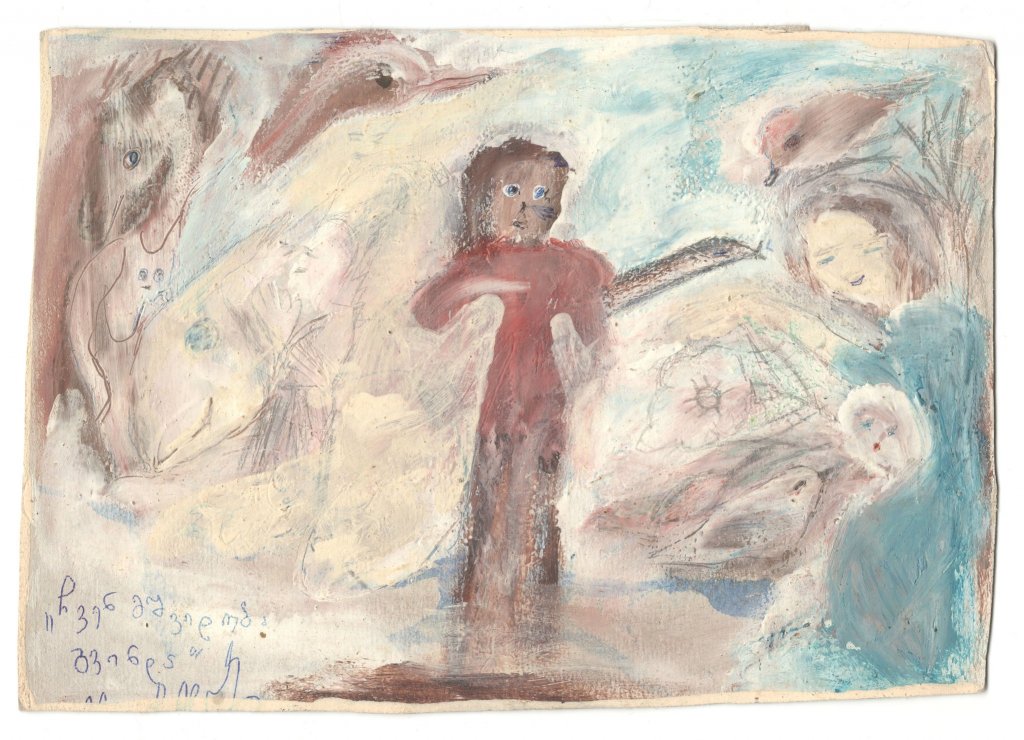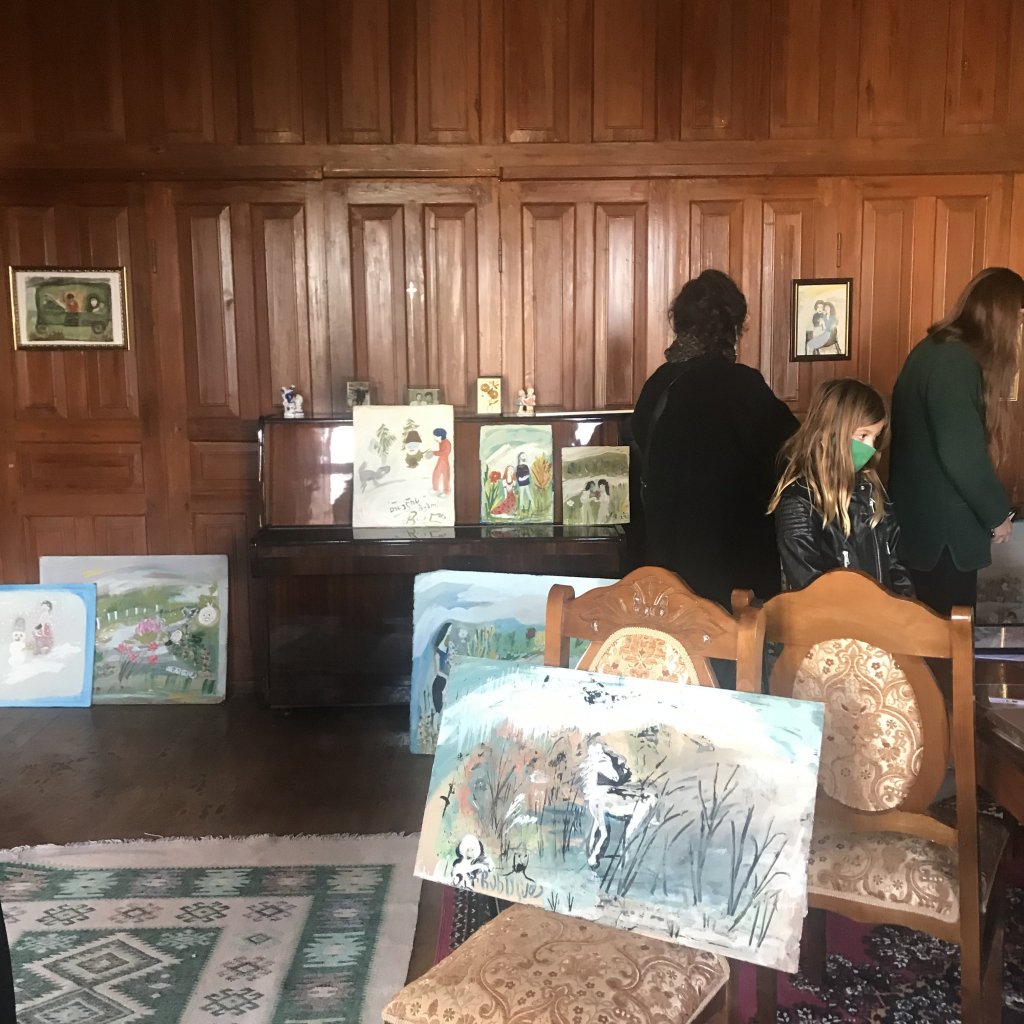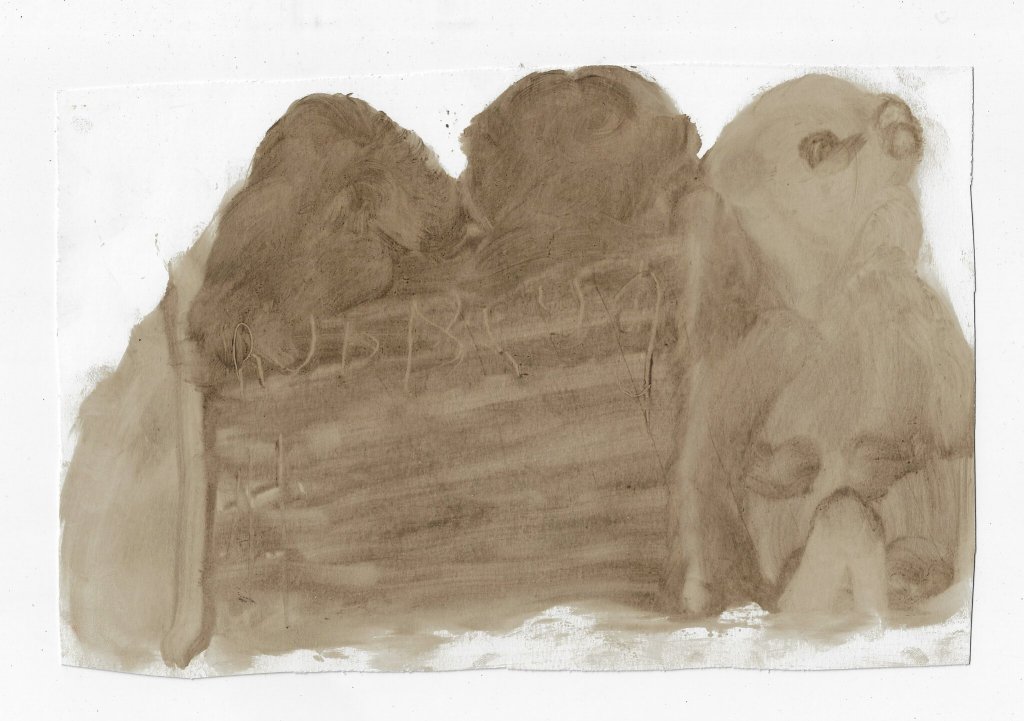Elene Chantladze: where art lands
An artist by instinct and not by profession, Georgian Elene Chantladze shows the self-confidence of an established master
Without having even met her, we can say a lot about Elene Chantladze. We can say that she was born in Spusa, a small village on the Georgian Black Sea. We can say that she worked in psychiatric hospitals, that she has two daughters, that she has never set foot outside her country. We can say that she is an artist by instinct rather than profession.


Art for Chantladze has been a way to take deep breaths; some form of consolation and being herself. If she had no money to buy brushes, she would paint with matches instead. Her pigments are made of what’s at hand. Like children, who certainly don’t need toys to play, Chantladze uses stones, shells, leftover paper and cardboard for her art. She started painting at the age of 17 in order to cope with life: not the romanticized hero artist but a person like anyone else, marked by those needs without which life becomes terribly complicated.

Exhibitions of her work in galleries such as LC Queisser in Tbilisi, Modern Art in London, or the artist-run space that discovered her (Nectar, also in Tbilisi) have been the initiative of someone else. Chantladze has kept away from a specific social, political, or communicative strategy. If it is true that collecting art is like looking for mushrooms—we have already mentioned in previous articles: like good mushrooms, art is not found at the supermarket—then it is also true that mushrooms certainly do not jostle to get into your basket. Indeed, the good ones can even hide under stones.
When Michael Jackson died, Mina, an extraordinary Italian singer who was also born in the province and who is only six years older than Chantladze, wrote an obituary for the Italian newspaper La Stampa. That obituary put forward a principle which, together with the mushroom metaphor, helps us to clarify what we are trying to say here. “Music – Mina wrote on June 26, 2009 – does not take into consideration any earthly smallness. Music remains above the heads of its bearers. Music frees itself from human history.” It happens every so often that music lands on someone who becomes the way in which music manifests itself. The same could be said of literature, which Chantladze also practices, or painting.


An artist’s biography can sometimes have little to do with his or her art, which can be good even without living reckless or tormented lives. In fact, the troubles of existence are there more often for those on which art does not rest. What makes an artist different from other people is, if anything, a lucid self-awareness. Be it good or bad, Picasso knows how to behave like Picasso. Things need to come easy to an artist, and others need to see it—obviously self-convincing is not enough. This condition seems true for Chantladze, who shows the confidence of execution of much more mainstream masters. It matters little that she uses a match instead of a brush for her paintings, or that the pigments are extracted from leftovers.

Although success is mostly a matter of luck as Daniel Kahneman reminds us very well in his books, the confidence we are talking about shines through Chantladze’s work as well as the way she talks about it. Painting gives her pleasure. She returns to painting every day, as soon as possible, as if she found relief in it. She says that her works are born spontaneously, without a precise formal or iconological program. They are like flowers, which sprout by themselves. This is the moment when art becomes substance.
[For more about Kahneman and art, here is a reflection on art buying. Ed.]

The case of Elene Chantladze gives us the opportunity to say something about another theme dear to us, namely that of the relationship between form and information. The world we are living in proves that these two elements tend to converge. The object and its narrative have become one and the same. The story of Chantladze turns into a public narrative only if the form, that is, her artwork exists. It is no coincidence that she is a writer as well as an artist. She could be called a performer too, as assured by those who know her well.
April 26, 2021
